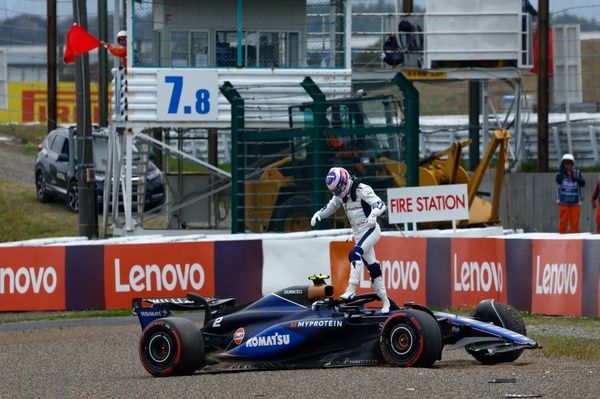
The small change that will be F1 2021's big talking point
As focus sharpens for Formula 1 teams on the new, yet familiar, 2021 cars there is a growing understanding that this year one minor rule tweak will actually create a major challenge
When Formula 1 teams signed off on some detail tweaks to the floor dimensions for 2021 in a bid to cut back on downforce, it did not generate a tremendous amount of fanfare.
It was hardly a surprise, though. For what initially appeared to be quite small dimension tweaks - barely 10cm of floor area being removed ahead of the rear tyre - the difference is pretty much indistinguishable on television or from trackside.
Share Or Save This Story
Jonathan Noble is Motorsport.com’s Formula 1 editor. Having graduated from University of Sussex Jonathan worked for sports news agency Collings Sports reporting on F1, F3, touring cars and other sports, with articles appearing in The Daily Telegraph, The Independent, Reuters, Autosport and other publications. In 1999 he moved to Haymarket Publishing to become a senior editor at Autosport Special Projects, and one year later he became Autosport’s grand prix editor. In 2015 he moved to Motorsport Network, becoming the F1 editor for Motorsport.com. He is also a member of the Guild of Motoring Writers, and sits on the FIA Media Council.
More from Jonathan Noble

F1 teams and Pirelli had no warning of “painted” Shanghai track surface

FIA still chasing answers over bizarre Shanghai F1 grass fires

Audi a player, not a spectator, in F1 driver market - Sauber

Mercedes joins Williams and RB with 'quick and cheap' F1 cockpit airflow upgrades

Alpine gets F1 spare car for first time in 2024 as lighter chassis appears in China

Russell: Mercedes locked in F1 "battle of fine margins"

Why F1 2026 worst case fears could be key to new rules success

Hamilton: Ferrari F1 switch doesn't need "vindicating"
Latest news

IndyCar Long Beach: O’Ward leads Power in opening practice

Latvala: Neuville, Evans tied for WRC Croatia lead "something special"

WEC Imola: Ferrari remains on top in FP2 as Fuoco beats Porsche

WRC Croatia: Neuville, Evans tied for the lead after eight stages
Autosport Plus

The short-term pain that hides a very real Williams improvement

How a Shanghai to Sheffield journey paved the way for China’s F1 hero

Why F1 2026 worst case fears could be key to new rules success

How the F1 driver market situation sits for each team with 2025 openings
Subscribe and access Autosport.com with your ad-blocker.
From Formula 1 to MotoGP we report straight from the paddock because we love our sport, just like you. In order to keep delivering our expert journalism, our website uses advertising. Still, we want to give you the opportunity to enjoy an ad-free and tracker-free website and to continue using your adblocker.
You have 2 options:
- Become a subscriber.
- Disable your adblocker.


